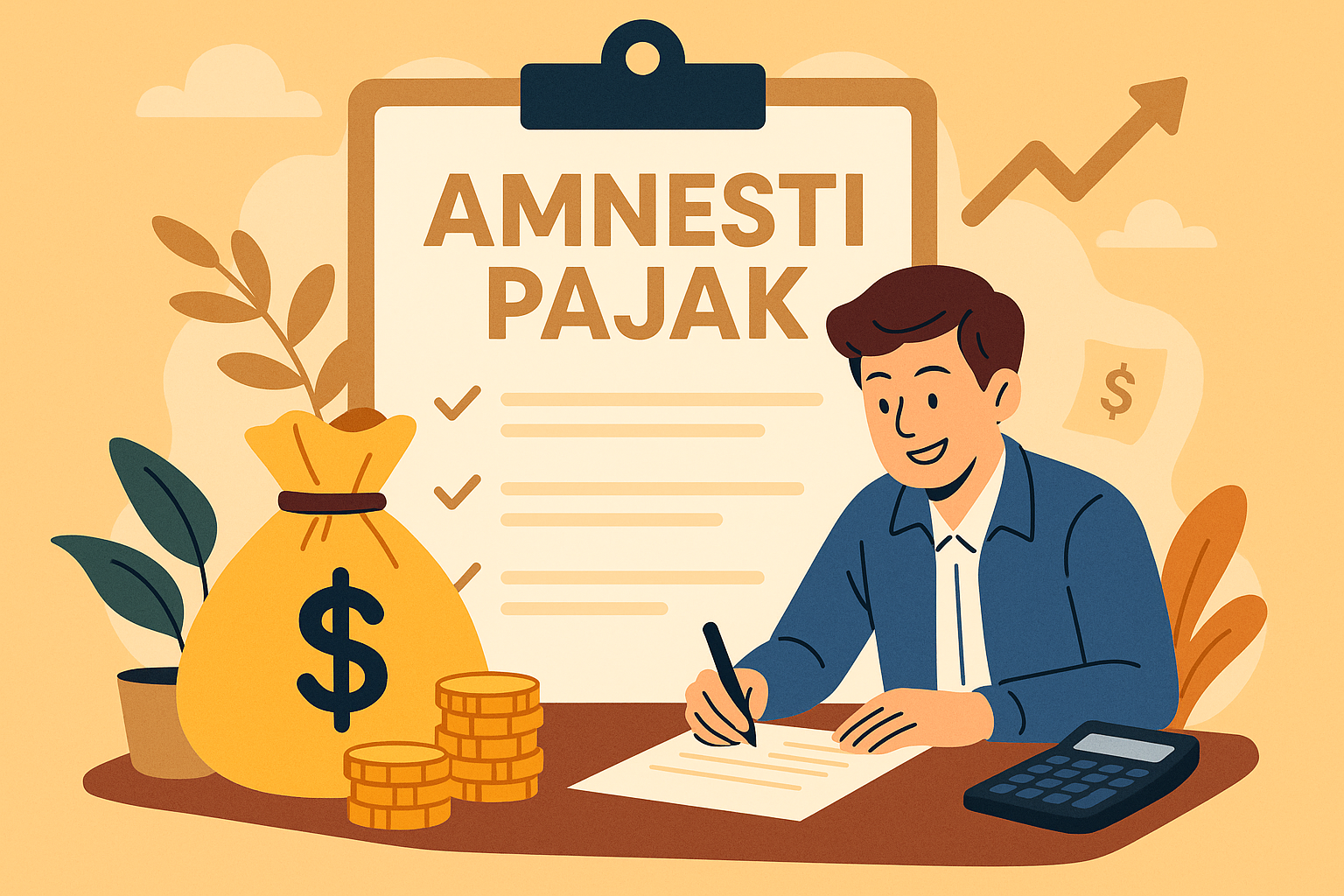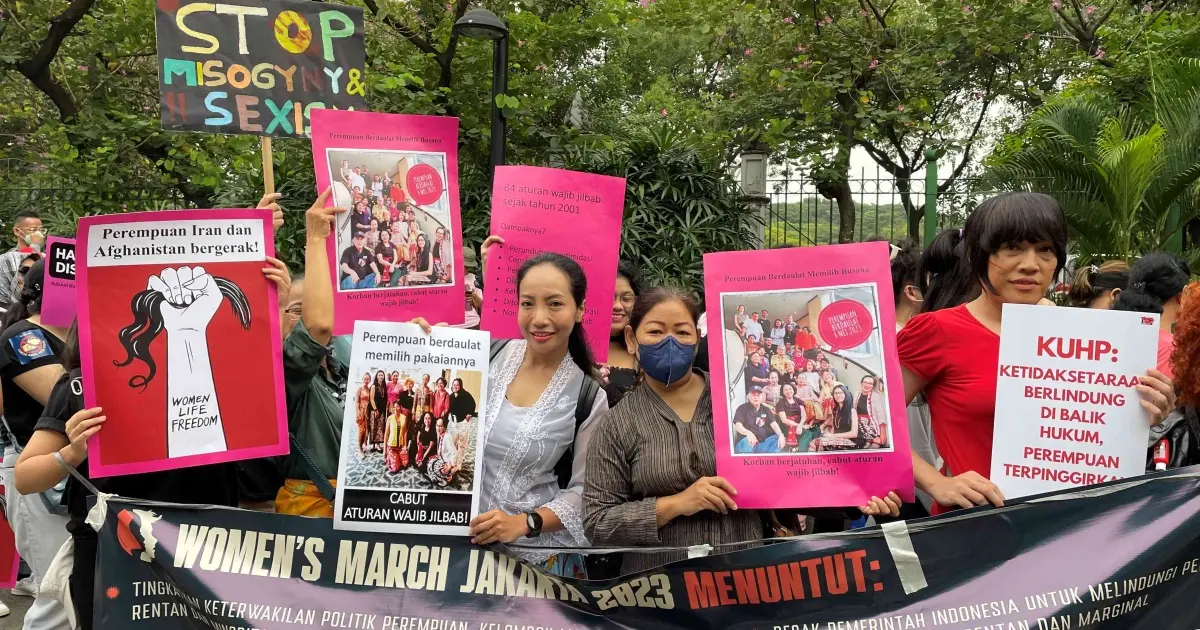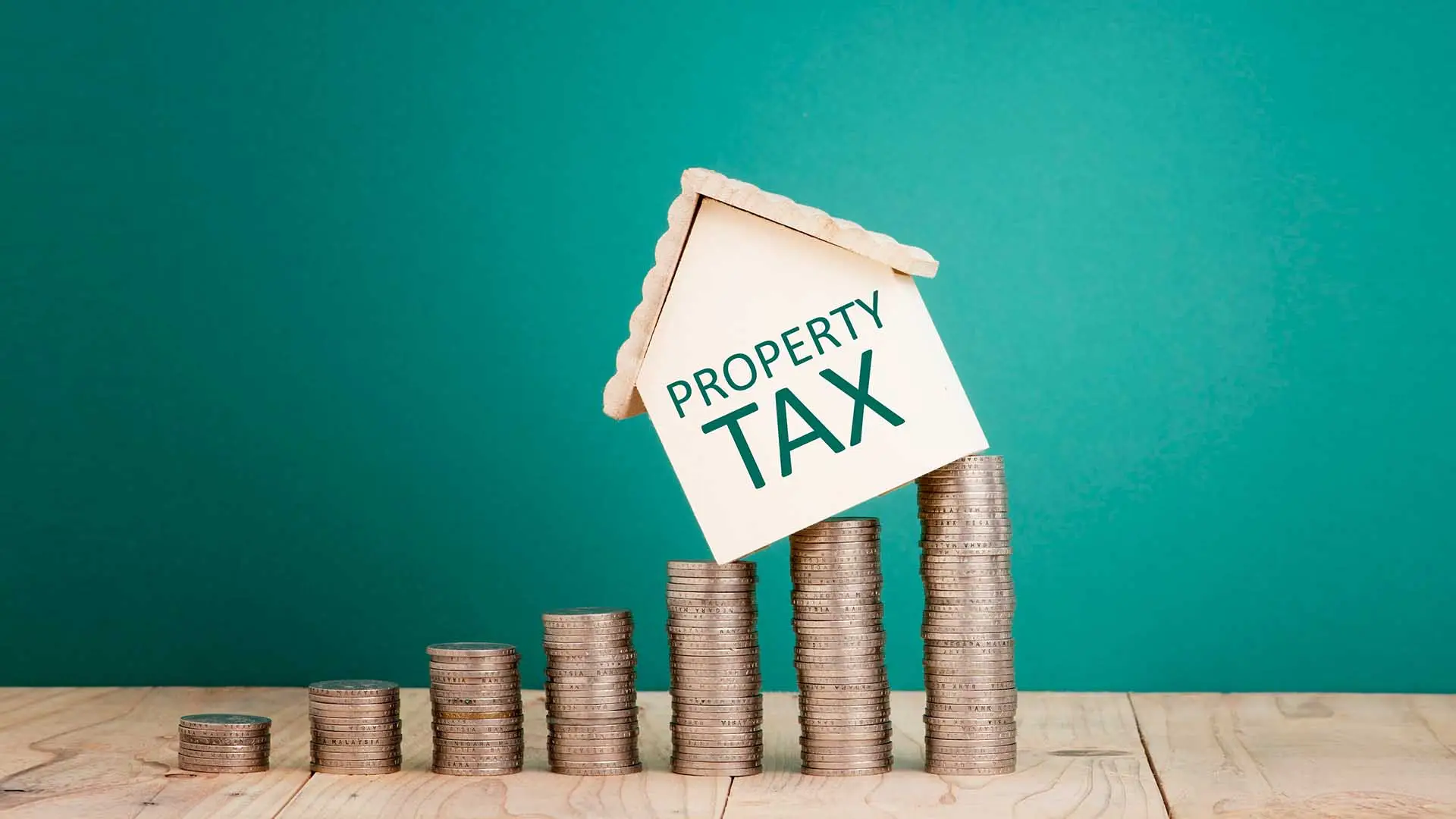Election Access: Are Rural Voters Being Left Behind? My Honest Look At The Real Challenges
JAKARTA, turkeconom.com – Election Access: Are Rural Voters Being Left Behind? That question’s been buzzing around my mind ever since I volunteered as a poll watcher in a remote hamlet a couple years back. I swear, nothing wakes you up to the real issues in our democracy like standing in a dusty community hall, wifi barely sticking, and watching folks drive from miles away just to cast a vote.
Why Election Access Isn’t The Same Everywhere

Here’s the thing about election access: Are rural voters being left behind? Yeah, in a whole bunch of ways. We talk a big game about «one person, one vote» but if you’ve ever tried navigating country roads during rainy season or tracked down the one polling station in a fifty-kilometer stretch, you know it’s not equal. I still remember Miss Lani, a farmer, who trekked three hours by scooter just for her chance at the ballot. Respect, right? But honestly, should anyone have to work that hard to participate in politic?
I used to think mail-in ballots solved everything. Turns out, mail service in rural areas sometimes works like a slow-motion relay race: your ballot could take days, even a week, to get back to the election office. Combine that with less internet access, fewer public announcements, and, let’s be real, politicians rarely stopping in for campaign visits—rural voters just aren’t on everyone’s mind like they should be.
Personal Fumbles, Hard Lessons, And Real Fixes
One of my first attempts at «helping» was setting up a tiny info booth on election day, fully convinced everyone knew the rules. Oops. Turns out, registration deadlines had shifted and half the people turned away that morning simply missed the fine print. I felt terrible, and it hit me—clear info matters more than slick slogans.
So, what changed after that day? I learned to give out plain-language flyers—no jargon, just straight talk: what, when, where, how. I even hit the Sunday markets with local volunteers to spread the word. If you’re organizing in rural areas, here’s one tip I swear by: partner up with trusted community figures. Teachers, pastors, the people who actually know neighbors’ names—when they pass along election details, folks listen.
Another common mistake? Assuming everyone has a smartphone or checks social media for updates. Reality: in some villages, it’s chalkboards or word of mouth that win out. Keep it old-school, but consistent.
Data Deep Dive: The Shocking Gaps
Let’s get nerdy for a sec. Recent studies show rural voter turnout in some districts lags behind urban centers by 10-15%—not ‘cause folks don’t care, but ‘cause the logistics are nuts. The Institute for Election Integrity (sounds fancy, but they do real work) found that in 2022, rural voters were three times more likely to report trouble getting to polling stations. Not just distance, but also transport and confusing ID requirements tripped people up.
Take West Java—during the last general election, over 150 villages didn’t even have a permanent polling station. People hitch rides on pick-up trucks, pile into family cars, or just plain walk. Turnout suffers. That’s a democracy fail if you ask me.
The Real Stakes: Representation, Resources, And Respect
This isn’t just about numbers, by the way. If rural voters bail because the process is a pain, that means less say in policy, fewer resources coming in, and honestly, less respect at the political table. I’ve seen local areas lose out on funding because turnout was low, so their issues didn’t make it onto anyone’s radar. Feels unfair. No, it IS unfair.
We hear big slogans in politic about “no voter left behind,” but it’s gotta mean something in practice. For me, it’s personal. My own uncle almost missed the last election—couldn’t get time off work, and the polling place closed early because the officials wanted to beat the rainstorm. One size fits all just doesn’t work out here.
So, What Can Be Done? My Tips & Ideas
If you want my honest take, here’s what actually makes things better for election access (not just lip service):
- More Early Voting Days: Extend hours, do weekend voting, or let people vote at the market. Flexibility beats fancy tech.
- Mobile Polling Stations: Vans or trucks that go village to village. Simple but brilliant—it’s like bringing the ballot box right to your doorstep.
- Community-Driven Info: If national TV isn’t reaching everyone, empower locals to spread the word. WhatsApp groups, local radio, handwritten flyers—whatever works best in that area.
- Transportation Support: Organize rides or subsidies on election day. Even a small stipend can make a big difference for turnout numbers.
One last thing I learned—don’t ignore feedback. I used to think I knew what the community needed, until Aunt Mira pulled me aside and explained how confusing the paperwork really was. Humbling, but super useful. Ask questions, listen, then tweak your plans. Democracy should be accessible, not just by law, but the real, lived experience.
Final Thoughts (And A Hopeful Nudge)
So, Election Access: Are Rural Voters Being Left Behind? In my experience, yeah—sometimes big time. But it’s not hopeless. Every little change—clear info, reliable transport, friendly faces at polling booths—adds up to bigger participation and better representation. I’ve made mistakes, learned a ton, and watched small changes actually boost turnout (my proudest moment? When our village’s turnout jumped 8% after a new awareness campaign).
We can’t just talk about rural voting as a side issue anymore. If you care about fair politic, get involved—share info, volunteer, or even just check on your neighbors before election day. Let’s make sure nobody’s left out, no matter where they live.
Enhance Your Understanding: Access Our Expertise on Politic
Highlighted Article: “Public Opinion!”
Visit Our Official Website for Additional Resources: kasihwede











